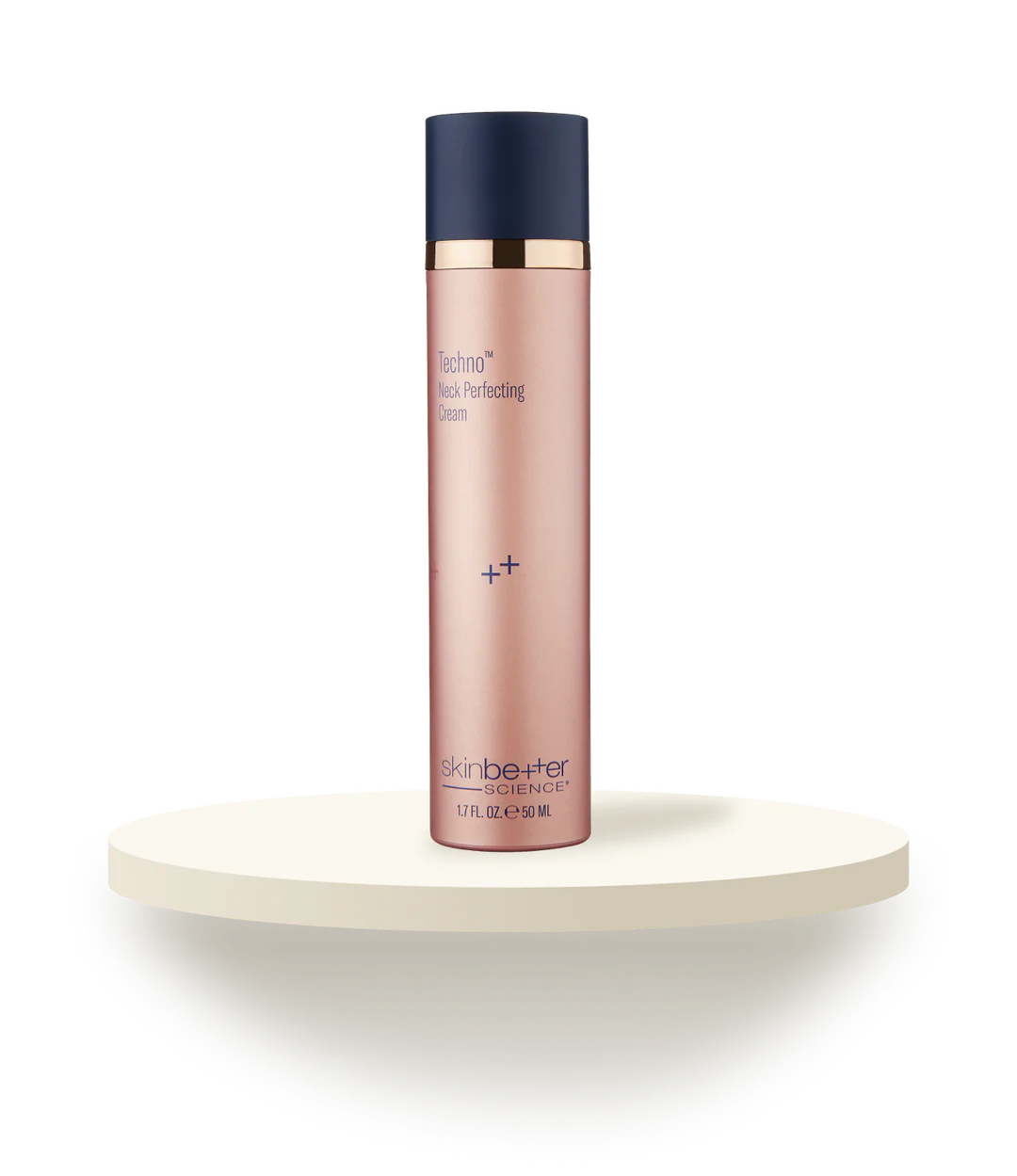Misaligned Teeth & Bite
We all get a new smile when our baby teeth fall out and our permanent adult teeth grow in, but there’s no third chance. Fortunately, numerous professional and home solutions exist to perfect your smile.
Content Reviewed by AEDIT Medical Advisory Board
While some of us may be reminded of how attached we were to our pacifier or teased for our thumb sucking, our adult teeth are the culmination of our childhood habits, the growth of the jawbones, and our oral hygiene. After baby teeth fall out, a child’s teeth undergo normal growth to form adult teeth. Development of adult teeth (permanent teeth) can be influenced by underlying developmental anomalies of the teeth, poor home care, poor habits (like tongue thrust), and hereditary conditions. Fortunately with the assistance of a healthcare provider, orthodontic treatment, or cosmetic dentistry procedure, teeth misalignment and jaw misalignment can be effectively and permanently addressed.
The oral cavity is formed by the upper jaw bone (maxilla) and lower jaw bone (mandible). The tongue is a muscle attached to the hyoid bone-the only free floating bone in the body. The gums (gingiva) and buccal mucosa (lip and cheek lining) line the mouth and jaw bones. The hard palate sits towards the upper front teeth and transitions into the soft palate as it moves towards the back of the throat where the uvula hangs.
The Anatomy of the Tooth
Humans have 32 teeth generally categorized as molars, canines, and incisors. The roots of teeth are embedded in the jaw bones and are highly sensitive. The white coating on teeth is composed of enamel.
While many misalignment disorders of the teeth and bite are hereditary, lifestyle habits and trauma can also play a role in the formation of these conditions. Childhood habits like thumb sucking and pacifier use can impact normal jaw development. Additionally, any facial or oral trauma can significantly impact teeth and jaw bone alignment.
The Anatomy of the Oral Cavity
To better understand your unique concern, an overview of the general classifications of issues with teeth and bite is below:
As outlined above, teeth misalignment and bite misalignment can cause both cosmetic and health concerns. Candidates who wish to improve personal confidence and overall facial aesthetic, individuals noticing functional impact (speech, eating, or drinking), or those who wish to preserve oral health may benefit from a conversation with a certified professional.
Depending on the severity of the condition, misaligned teeth and misalignment of bite can be addressed in both professional and home settings. For mild to moderate teeth spacing and misalignment issues, candidates can consider home treatments and outpatient follow ups with an orthodontist. For severe or complex disorders surgical interventions may be required. A consultation with a certified professional can determine what is most appropriate.
Can be corrected with both at home and in office brace solutions. Traditional metal braces, Damon Braces, Lingual Braces, or newer clear aligners like ClearCorrect, Invisalign, MTM Clear Aligners, Simpli5, and Smile Direct Club can provide dramatic results with consistent use. Additionally, dental procedures such as Dental Bonding, Dental Bridges, Dental Implants, and Dental Veneers can provide professional corrections.
While severe overcrowding may require surgical intervention prior to braces use, most overcrowding can be corrected through professional or home use braces solutions. Traditional metal braces, Damon Braces, Lingual Braces, or newer clear aligners like ClearCorrect, Invisalign, MTM Clear Aligners, Simpli5, and Smile Direct Club are effective and simple to use with excellent results.
These conditions range in severity. For severe cases of these disorders, Orthognathic Surgery may be indicated to correct jaw structure and alignment prior to further correction. Many braces solutions like Traditional metal braces, Damon Braces, Lingual Braces, or newer clear aligners like ClearCorrect, Invisalign, MTM Clear Aligners, Simpli5, and Smile Direct Club can correct more mild to moderate cases.
To better understand the treatment options outlined above, check out our guide to Teeth & Bite Alignment Solutions.


